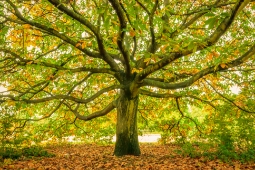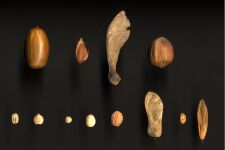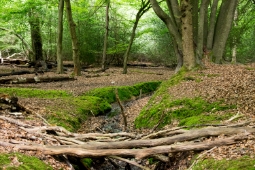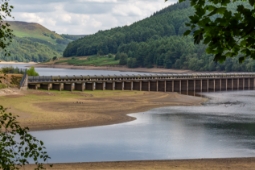Western red-cedar (RC)
Western red-cedar is a fast-growing, non-native conifer that produces timber with good wood properties. One of several species sometimes called ‘Arbor vitae‘ (Latin: tree of life) occurring in the USA and Asia. Western red-cedar has been the most reliable species in British trials.
Although not widely planted there is growing recognition it has a place in forest diversification and is consequently being more widely used.
Western red-cedar is categorised as a Principal tree species. These are tree species where silvicultural knowledge provides confidence to enable successful deployment across Britain. The species are either already widely used or are increasing in usage. They will continue to be important unless affected by a new pest or disease or become adversely affected by climate change.
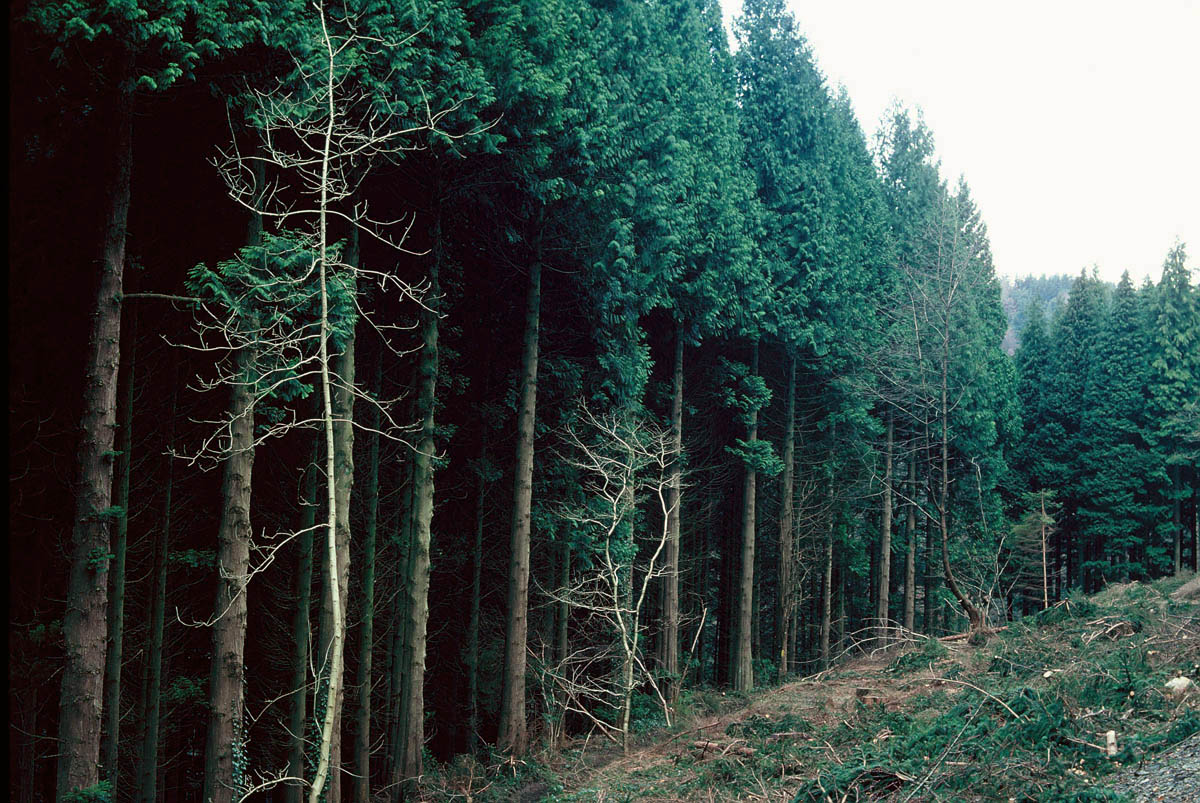
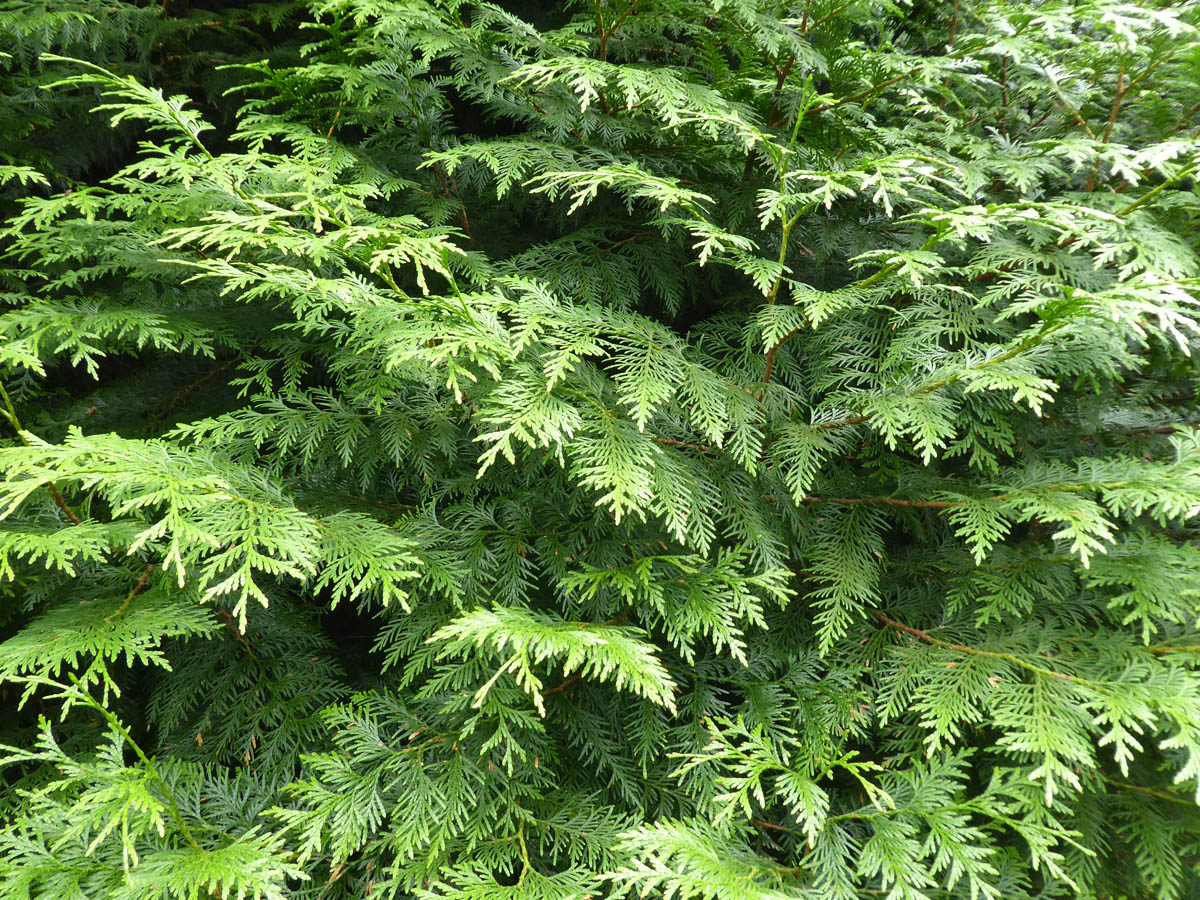
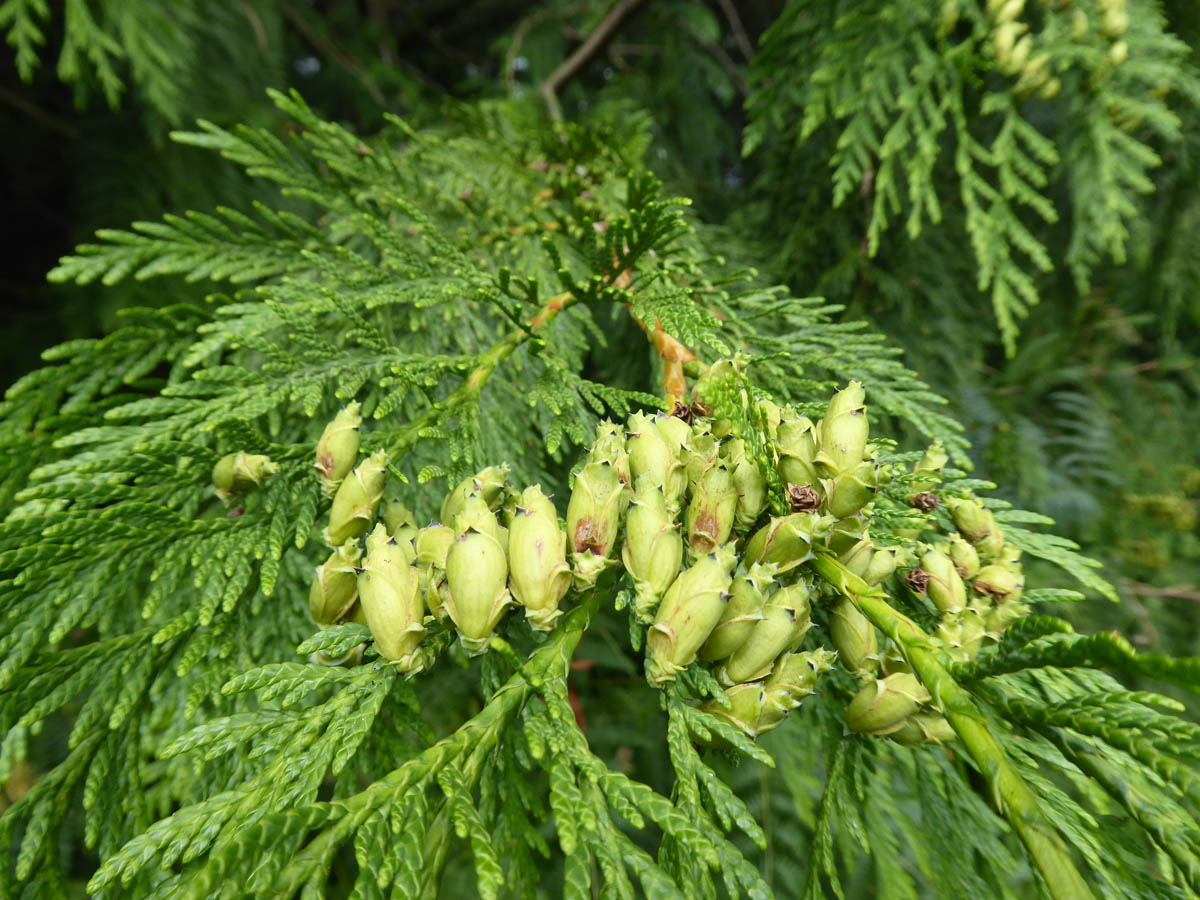
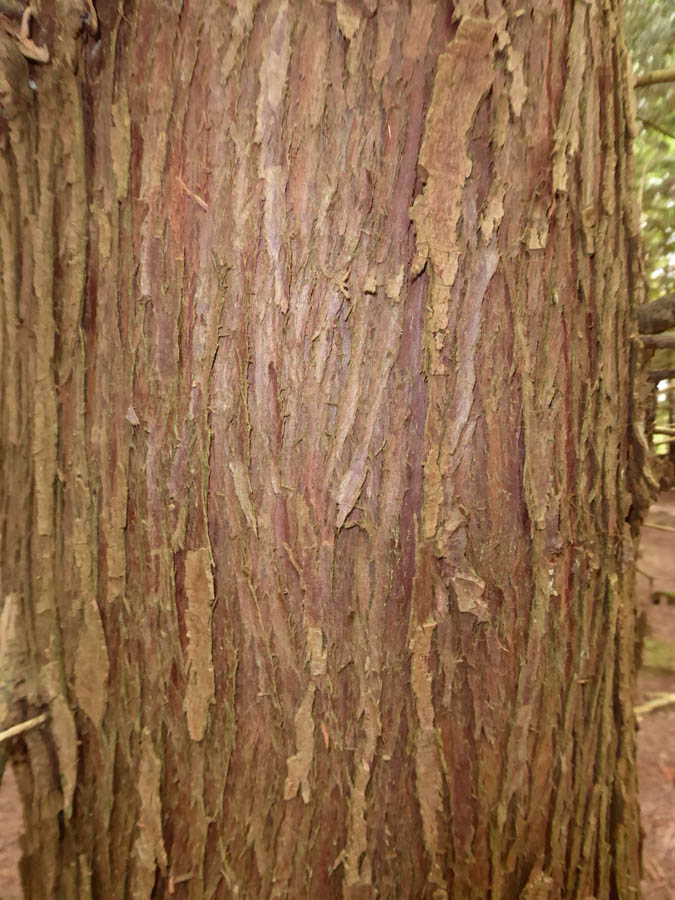
Range
Native to the Pacific north-west of America with a wide range from Alaska to California and inland to the Cascade Mountains.
Provenance Choice
Coastal provenances between 46o N and 50o N from Washington and British Columbia are recommended. It may be worth considering seed from good quality stands within the British Isles.
Key Properties
Site Requirements
Best suited to more humid regions with an annual rainfall of >800 mm but can grow acceptably in areas with lower rainfall. Cold hardy throughout Britain, moderately frost and drought tolerant, does not withstand exposure.
Grows best on medium to very rich brown earth soils with fresh to moist soil moisture but will tolerate calcareous soils if grown under light shelter. Not suited to very poor and very dry soils but will grow on gleys and occurs on some peat soils in its natural range.
Further detail on the site requirements of western red-cedar in current and future climates can be examined using the Forest Research Ecological Site Classification Decision Support System (ESC).
ECOLOGICAL SITE CLASSIFICATION TOOL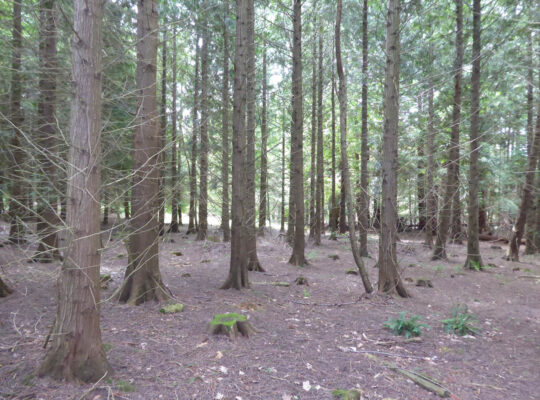
Silviculture
Western red-cedar has rapid growth and high-volume production on suitable sites and can regenerate freely from 10 years of age, under suitable conditions across Britain. This potential for regeneration can be very useful when desired; but may be considered invasive when not.
Yield classes range from 12 to 24 depending on site suitability. The species lack of tolerance to cold and exposure can often lead to trees of poor form (e.g., multi-stemmed). These factors mean that it should not be used for afforestation of open ground, but it can be planted under shade.
Shade tolerance means the species is suited to regeneration, underplanting or group planting as part of continuous cover forestry. The species is best suited to mixed species stands of irregular structure rather than pure planting on open sites. Quality can suffer in mixed stands as the tree tends to form heavy buttressed stems. Can be grown in mixture with other conifers such as Sitka spruce and Douglas-fir: often its natural partners in the forests of the Pacific north-west and selected broadleaved species as a nurse.
Pests and Pathogens
Vulnerable to fungal attack in nurseries from ‘Keithia’ leaf blight (Didymascella thujina) which historically has restricted planting stock availability, but this can now be controlled in nurseries.
Largely free of major pathogens, western red-cedar is nonetheless considered highly susceptible to conifer root and butt rot (Heterobasidion annosum). Cypress aphid (Cinara cupressi) is a not uncommon cause of foliage browning. Western red-cedar is palatable to deer and other browsing mammals.
See our other tools and resources
Further Resources
External
In addition to the general sources of information for species the following are useful for western red-cedar.
USDA 2019, Thuja plicata D. Don, United States Department of Agriculture; Natural Resources Conservation Service, viewed 5 January 2021, Plants Profile for Thuja plicata (western red cedar) (usda.gov)
Wilson, S., Mason, W., Jinks, R., Gil-Moreno, D. & Savill, P. (2016) The Redwoods and Red Cedar. Coast redwood (Sequoia sempervirens), giant redwood (Sequoiadendron giganteum) and western red cedar (Thuja plicata) – species, silviculture and utilization potential. QJF, 110(4):244-256.
Wilson, Scott McG. (2011) Using alternative conifers for productive forestry in Scotland. Forestry Commission Scotland, Edinburgh.

